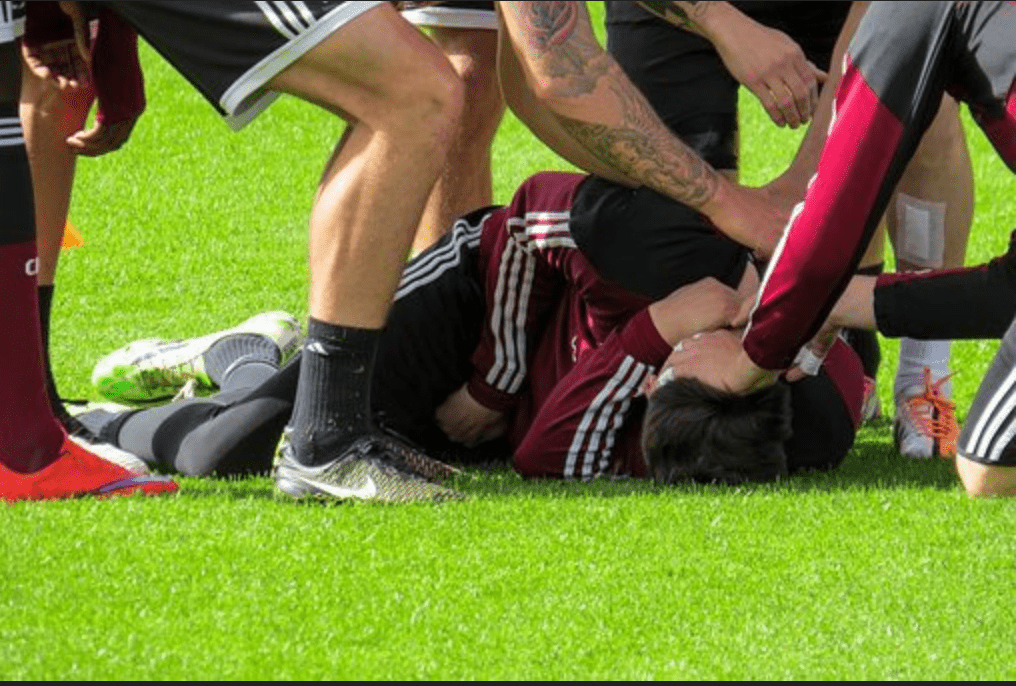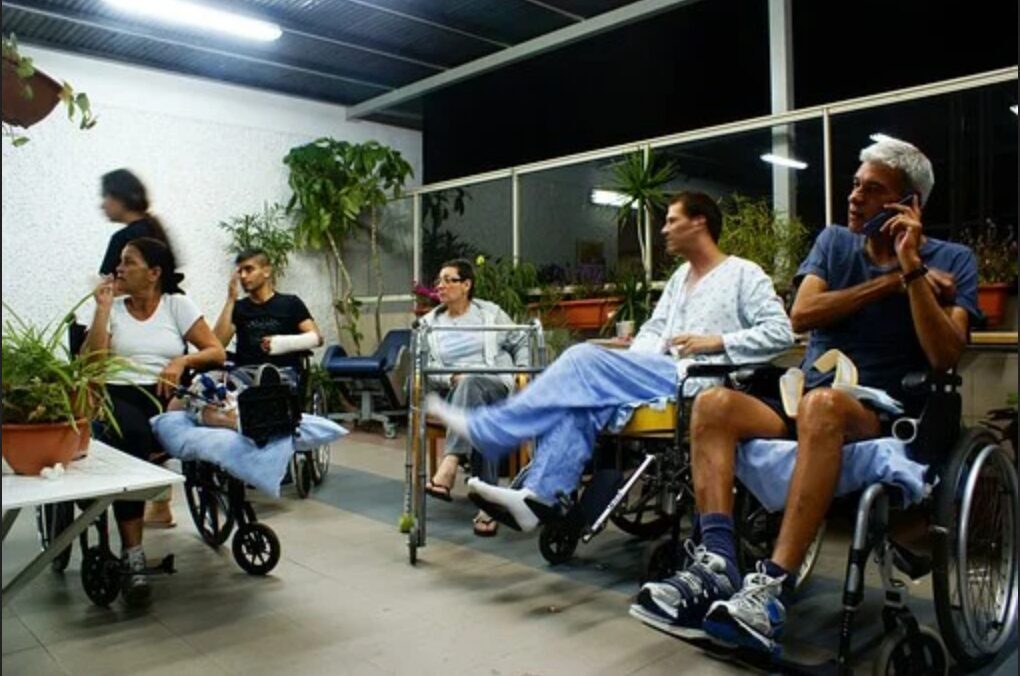Engaging in sporting activities is good for your health. Specialists often advise us that being active helps prevent some of the lifestyle diseases. In a nutshell, it promotes your physical, mental, and spiritual wellbeing. However, it is not uncommon to end up with injuries from the field, either from impact, overtraining, or improper training methods.

Sometimes it just happens as an accident, and we have bruises or muscle pains in the end. Whatever kind of injury you get while on the, it is always good to know how to handle them because your future performance depends on it. Here are some ways to effectively treat your sports injuries.
1. Physiotherapy
When you sustain long-term injuries from a sporting activity, physiotherapy is among the best options for treatment available. This treatment approach involves a series of techniques meant to promote your mobility, flexibility, and function while addressing pain. The specialists at Orleans Physiotherapy – Revive say that manual therapy requires attendance by a registered physiotherapist. After several sessions, you should experience a reduction in pain, increased joint range of motion, and reduced muscle spasms. The physical massages also help improve the strength of your muscles and to restore the normal functioning of the affected area. If your sports injuries are profound and seem to take a while to heal, seek the services of a physiotherapist.
2. PRICE Therapy
When you are injured while playing or doing other activities and getting mild sprains or strains, this can be a beneficial option. The word PRICE stands for individual initials as explained below:
- Protection- since you have an injury, you need to prevent further injury by seizing whatever you were doing and seeking support while moving.
- Rest- once you have been injured, you are in no position to continue with any physical activity. You need to have as much rest as you can and look for ways to move around without putting weight on your body’s affected part. If it’s your arm or shoulder that has been injured, you can get a sling to support it.
- Ice- you need to apply ice on the affected areas for around fifteen minutes after every three to four hours. Have the ice in a towel and place it in the affected part. Sometimes this is alternated with heat treatment depending on the severity of the injury. It should be in direct contact with the skin.
- Compression- when walking around or moving, apply compression to the affected area to prevent swelling.
- Elevation- the injured part has to be above the level of your heart whenever possible. It is crucial to prevent swelling.
3. Surgery and Procedures
Most of the injuries sustained during sporting activities do not require surgery. However, severe ones like badly broken bones or torn ligaments often necessitate surgical correction. In most cases, the bones are aligned using wires, screws, or rods. Some procedures are also used to repair torn ligaments, especially for knee injuries. When you visit a registered practitioner after you have sustained an injury, they will examine it closely and advise you accordingly on the best treatment options for you.
However, it can be difficult to come to terms with your situation. One of the most challenging things about being an athlete is sustaining injuries. If your registered practitioner previously advised that you need knee surgery and received an Exactech knee implant, you may be experiencing some pain and discomfort. It is essential that you visit your registered practitioner or surgeon to ensure that your injury is healing as it should be and, if not, to discuss further treatment options. In addition, the Exactech knee implant is currently undergoing a lawsuit, so it is vital that you visit your doctor to ensure that you are not at risk.
4. Immobilization
When you have an injury, you need to be still as long as you can. This hastens recovery and prevents further damage to the affected area. It also reduces the intensity of the pain and swelling or spasms. This technique is mostly used for sports injuries involving bone fractures or dislocated joints. Using casts, splints, or braces the technique ensures that motion around the injured part of the body is restricted, allowing some time for healing to take place. It is sometimes combined with medication and other forms of therapy. As much as you need to be immobile, try and move the affected part a bit when you feel you can.
5. Massage Therapy
Massage therapy has been with us for so long, perhaps since before gravity was discovered. It has a wide range of uses and benefits, from treating pain to easing tension, and promoting blood flow. As a treatment in sports injuries, massage therapy aids recovery by easing muscle tension and helping the body relax. If you are suffering from a minor sports injury, simply calling your masseuse or massage therapist could be all you need to get back into perfect shape.

6. Cryotherapy
Although it hasn’t been in use for so long, cryotherapy has shown incredible benefits as a form of treatment in sporting injuries. During treatment, mist or cold air is applied to the injured part to ease inflammation and reduce swelling. While it is mostly used for acute injuries, it is also effective in reducing the symptoms of chronic or long-term injuries, especially pain.
7. Chiropractic Care
In the sports world, chiropractic care is among the most common forms of alternative treatments available. It is popularly used to help athletes with a wide range of problems, including injuries during training and in the field. They are most common amongst sports athletes who suffer back injuries or pain. However, they are also helpful in treating pain for a wide range of issues, including sprains, dislocations, and strains, as well as fractures in some cases. This is why many well-established sports clubs have their own professional chiropractors at arm’s length. The treatment seeks to promote healing through a whole-body approach, which gives it a top ranking among the most popular treatments for sports injuries.
8. Relax and Rest
Finally, time is the best healer, so they say. Some injuries from sports come as a result of straining your muscles, joints, and bones too much. While resting will almost automatically cure fatigue, taking a break from practice can be quite beneficial when you are trying to recover from an injury. It hastens recovery and prevents you from making the injury worse or getting a different injury, perhaps on the same spot. Take some time away from the gym and the field, recuperate and come back 100% fit a few days later.
Sports injuries are more common than most people think. If you are an athlete, it is crucial to have some information regarding the various treatment options for different injuries. The above are just a few of the most common treatment options for sporting injuries.